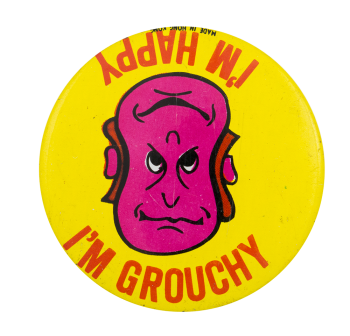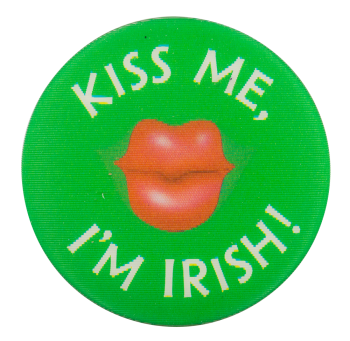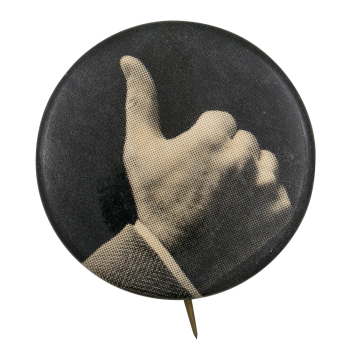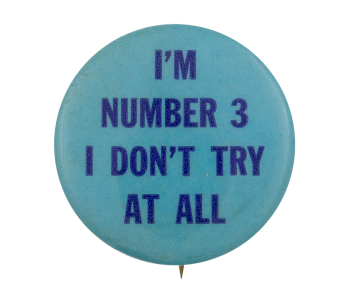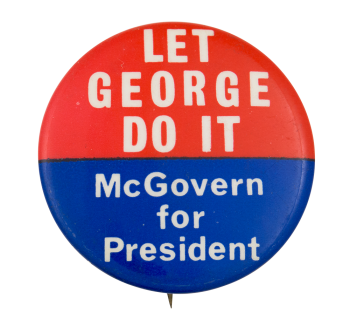The Carters Are Coming
| Category | |
|---|---|
| Additional Images | |
| Sub Categories | |
| Text on Button | Betty Ford START PACKING The CARTERS ARE COMING |
| Image Description | White text on a red and green background |
| Curl Text | NG SLATER CORP., N.Y.C. 10011, [union bug] |
| Back Style | |
| The Shape | |
| The Size | |
| The Manufacturer | |
| Additional Information | When Richard Nixon resigned, Gerald Ford became President of the United States overnight. This meant that his wife, Betty Ford, was the First Lady. In her early years, Betty attempted a career as a dancer. During her time as the First Lady she could often be found dancing at informal White House functions. She was very outspoken, which concerned conservatives, but was largely welcomed by the American public. After the Watergate scandal under Nixon and the outspoken Betty, conservatives and Democrats alike were happy to see President Jimmy Carter and his wife Rosalynn move into the White House. On an additional note the rock band the Carter Administration released an album named Betty Ford Start Packing the Carters Are Coming in the year 2000. |
| Catalog ID | PO0627 |



